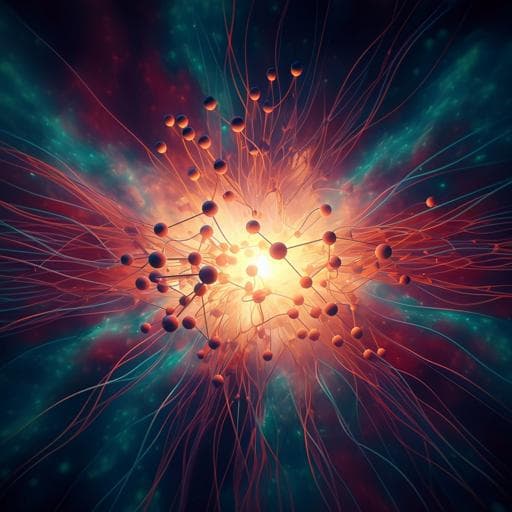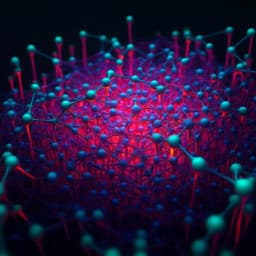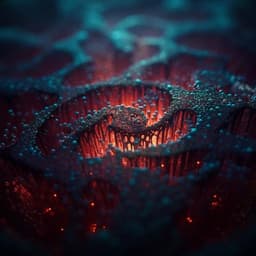
Biology
Deep learning enables reference-free isotropic super-resolution for volumetric fluorescence microscopy
H. Park, M. Na, et al.
Discover how cutting-edge deep-learning techniques can enhance volumetric fluorescence microscopy! This innovative research conducted by Hyoungjun Park, Myeongsu Na, Bumju Kim, Soohyun Park, Ki Hean Kim, Sunghoe Chang, and Jong Chul Ye presents a unique super-resolution method that significantly improves axial resolution using only a single 3D image stack.
~3 min • Beginner • English
Related Publications
Explore these studies to deepen your understanding of the subject.







